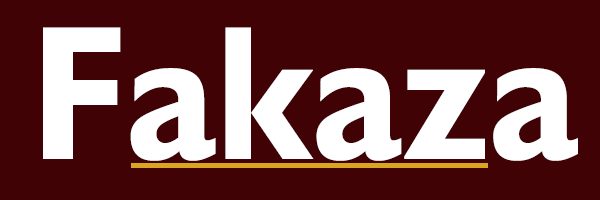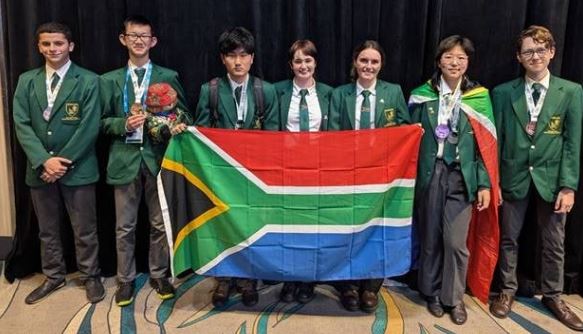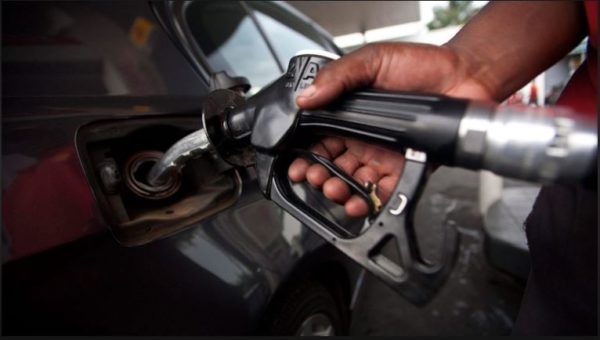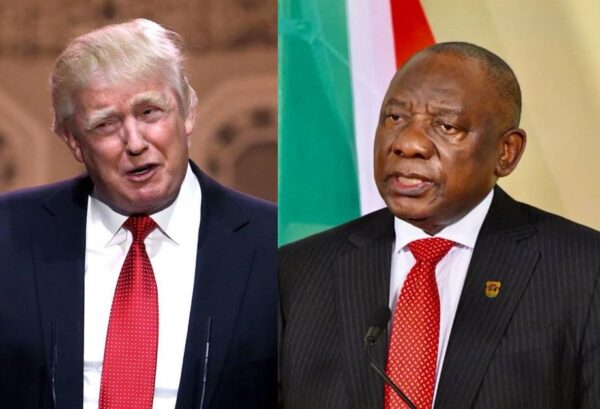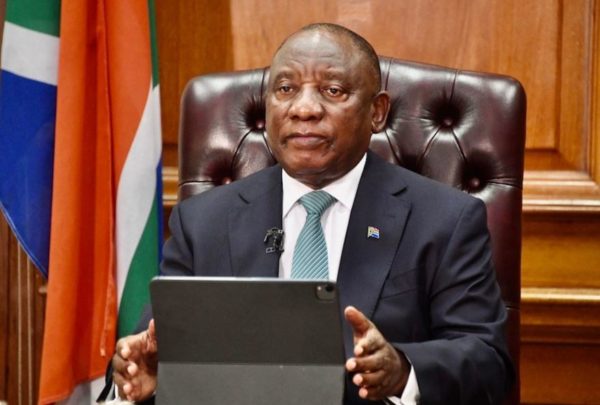News
South Africa ranks last in Mathematics and Science out of 59 countries
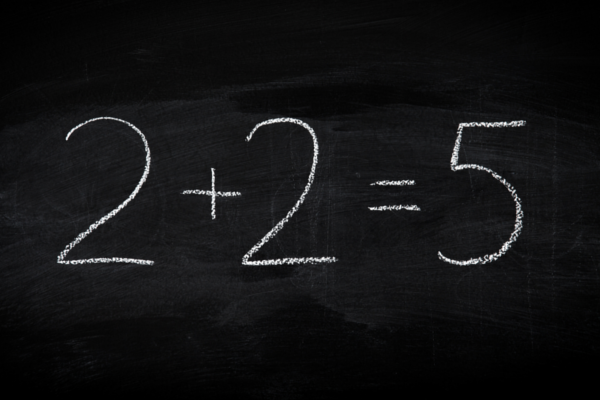
South Africa’s Grade 5 Maths and Science scores lag behind, but Grade 9s show promise
South Africa’s education system has seen mixed results in the latest international rankings for maths and science, sparking a nationwide conversation about where things stand and how they can improve.
In the 2023 Trends in International Mathematics and Science Study (TIMSS), South Africa’s Grade 5 learners ranked last out of 59 countries. Their scores dipped even lower compared to previous years, reflecting ongoing struggles in foundational education.
However, it wasn’t all bad news. Grade 9 students showed some progress, with their maths scores climbing from 389 in 2019 to 397 in 2023. These learners outperformed peers in countries like Jordan, Brazil, and Palestine, though scores in top-performing provinces like Gauteng and the Western Cape saw minor declines.
What the Minister Had to Say
Basic Education Minister Siviwe Gwarube acknowledged the challenges highlighted by the results but emphasized that they also present opportunities for improvement.
“More of the same will not do,” said Gwarube during the report’s release. She announced plans to revamp the education system using insights from a detailed analysis of what influences learner performance.
A Gap Too Wide to Ignore
The results underscore stark disparities in South Africa’s education system. Learners from poorer Quintile 1 to 3 schools continue to trail behind their peers in Quintile 4 and 5 schools. The gap is due to a mix of systemic issues, including a lack of resources, insufficient teacher training, and underdeveloped infrastructure in less affluent areas.
Meanwhile, better-resourced schools benefit from experienced educators, advanced learning tools, and stronger support from parents and communities, creating an uneven playing field.
Language Barriers
Another significant hurdle is language. Many students taught in a second language struggle to grasp foundational subjects like maths and science compared to their peers learning in their mother tongue. This language divide remains a major obstacle to achieving equitable learning outcomes.
Looking Ahead
While the challenges are daunting, the Grade 9 improvements show that progress is possible. Bridging the gap between well-resourced and under-resourced schools, addressing language barriers, and creating equitable access to quality education remain key priorities for the government.
South Africa has its work cut out, but these results serve as a reminder of both the hurdles to overcome and the potential for meaningful change in the education system.
